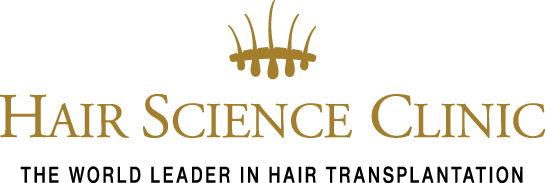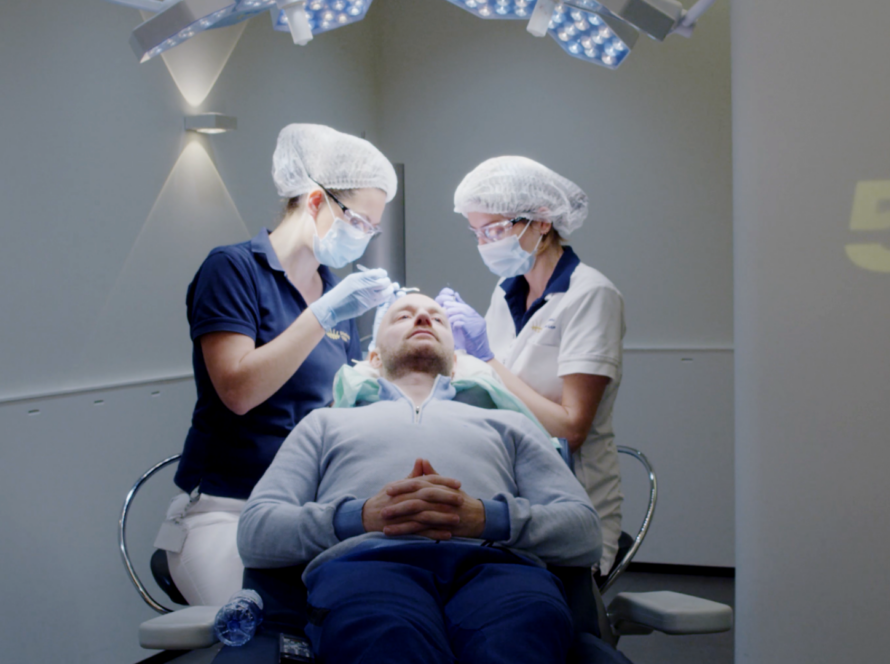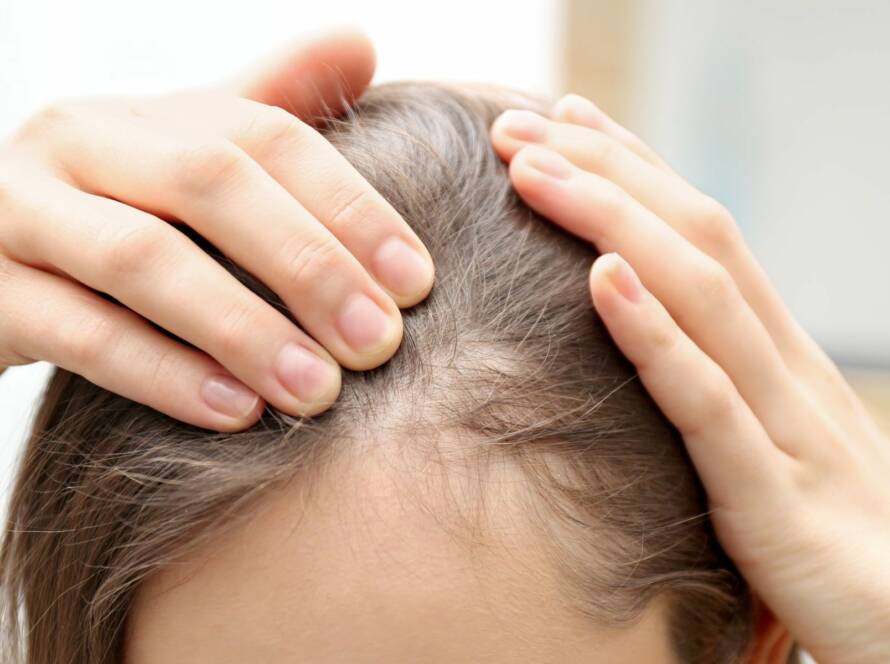We’re proud to share a highly commendatory article in Tatler Magazine featuring Dr. Coen Gho and Hair Science Clinic London. In their roundup of the UK’s top hair transplant surgeons, the esteemed British magazine highlights its experience with the world’s most advanced hair transplant technique: Hair Stem Cell Transplantation (HST).
Discover more about the revolutionary, patented HST method and what a treatment day with this cutting-edge technique entails.
Get ahead
These days, the dreaded comb-over is far from the only option for a sparsely populated scalp. One man explores a rather more refined solution to hair loss.
It’s a litte over a year ago, and I’m sitting in the barber’s chair for my usual short back and sides. As I absentmindedly scroll through my phone and make small talk with the hairdresser, I look up to see her run a comb through my damp hair. What I see makes me nearly choke on my coffee.
When dit my hairline become this bad?
I knew my hairline was receding – but when did it become this bad? My ref lection stares back at me morosely: two vacant strips either side of a central tuft, clearly visible, like neatly mowed lines through a patch of grass. And the hair that remained wasn’t much better: damp strands clinging in a futile attempt to cover an increasingly discernible scalp, becoming gradually sparser towards the crown. It occurred to me that, at 35, I had been styling my hair for years – sweeping it up and over to the left, then securing it in place with product, without ever fully registering what I was trying to conceal. Suddenly, the game was up.
Industry innovator
‘Men are becoming concerned about hair loss at an earlier stage of life,’ explains hair transplant surgeon Dr Coen Gho, as I sit in his Knightsbridge clinic several weeks later. Regarded as an industry innovator, Dr Gho has been carrying out research into tissue engineering and hair transplantation techniques for almost 25 years. ‘Traditionally, men would be married and starting a family in their twenties, before hair loss starts to manifest,’ he continues. ‘Today, those timings have been significantly pushed back – though the hair loss has not.’ So far, I fit the cliché.
In good hands
Dr Gho is the creator of the Partial Longitudinal Follicular Unit Transplantation (PL-FUT) method – otherwise known as Hair Stem Cell Transplantation (HST): a technique that extracts only a small, central portion of the follicle from the ‘donor’ area, rather than taking it in its entirety. This follicular tissue is rich in regenerative stem cells, enabling new hairs to sprout in the ‘recipient’ area from one single graft. Better still, it means that healthy growth continues in the ‘donor’ area, even once the extractions have been made. Dr Gho and his colleagues have more than 15,000 procedures under their belts, so I’m confident I’m in good hands.
High demand
Unsurprisingly, Dr Gho is in high demand: Saudi heads of state and Dutch footballers all testify to his skill with a sparsely seeded scalp, while one well-known royal family takes over his Netherlands flagship for one week each year. Though it’s not just men who make the pilgrimage to his clinics in London, Dubai and Paris: 20 per cent of his clients are females between the ages of 45 and 65; and he also treats burn victims.
Hair transplant with no trace
As Dr Gho talks me through the procedure, I warm to the idea more and more. His method seems the most refined way of restoring lost hair – and truly light years away from the traditional FUT (Follicular Unit Transplantation, in which an area of the scalp is excised, dissected into tiny pieces, and then repositioned). ‘I did a lot of them back in the Nineties,’ Dr Gho explains. ‘But many men tend to dislike the idea of being left with a scar at the back of the head.’ In comparison, PL-FUT leaves no trace – and Dr Gho is confident that it will go undetected.
Banking on the holiday period
We set a date, just ahead of Christmas. I’m banking on the holiday period for a stealthy and under-the-radar recovery – though, in truth, I’m more apprehensive about shaving my head before the procedure than I am about the surgery. I vow to grow a beard in the coming months, and to hide the evidence beneath a hat.
Off to Maastricht
My wife is the only person who knows about the upcoming procedure – and so, on a bright December day, we set off on the six-hour drive to Maastricht, where Dr Gho’s gleaming Hair Science Institute is located. There’s the option to have the procedure done in London, but those looking to go truly undetected often see him at his Netherlands HQ. That night, we check into a nearby hotel then make our way into the medieval town, where festive markets are in full swing and locally brewed beer is plentiful – the ultimate test, as alcohol is strictly off the menu for one week before the procedure.
No caffeine, no alcohol
After a restless night’s sleep, we arrive early the next morning. It’s 7am and the sky is still dark. I sip on decaffeinated coffee (caffeine is, rather miserably, also banned – to prevent excess blood flow to the area during surgery) and wait for Dr Gho. My palms are damp and I can hear my heart pounding.
Treatment
The clinic is sleek and modern, with five hi-tech theatres, each with an adjoining, wood-panelled area where you can rest between the sessions and eat lunch. A female doctor comes into the room to take photographs from all angles, and then comes the moment I’ve been dreading. One swipe of an electric razor and my hair is gone, a quick glance in the mirror revealing an unfamiliar reflection. I have to say, it’s not as bad as I imagined. Even the doctor tells me that I have a well-shaped head.
Anaesthetic
Next, anaesthetic. I am given some tablets to swallow (vitamin K to help prevent bleeding, and an anti-inflammatory to reduce swelling), then instructed to lie, face down, on an upholstered leather bed. It’s supremely comfortable (which is fortunate, as I’m to spend the next seven hours lying on it). The local anaesthetic is delivered via a small, handheld gun – a patented design of Dr Gho’s own creation – with a motorised needle at one end, which regulates dosage and eliminates bruising. While this is going on, the doctor holds a vibrating tool against my scalp to disorientate the nerves and dull sensation. It’s just about bearable.
Extraction
Then the extraction begins, at the very back of my head, where the follicles are most robust. A 6mm motorised needle is inserted into the hair follicle, loosening it sufficiently, before a super-precise pair of tweezers – another of Dr Gho’s inventions – is used to prise each hair out. When they emerge, it’s with the follicle still attached: a tiny bulb of tissue packed with the all-important stem cells. The doctor drops each graft into a Petri dish containing a viability-boosting solution. Electronic scales count them slowly upwards.
Follicles
Most people produce somewhere in the region of 1,600 follicles, but I manage to clock up an impressive 2,040. However, extracting too many can dramatically impact successful regrowth, so they don’t overdo it. We take a quick break for lunch – consommé, beef carpaccio and a croque monsieur – which I eat with my wife in the breakout area. I steal another glance in the mirror: the donor area is angrylooking and covered in red dots.
A little balder
At this point, Dr Gho appears, chirpy and animated in a pink shirt. ‘The right side is a little balder,’ he comments, as he starts to painstakingly demarcate my new hairline with a felt-tip pen. To the untrained eye, it looks wobbly, but Gho reassures me that this is key to a natural-looking head of hair. He doesn’t entirely eradicate my receding corners either, for this is crucial to ensuring an ageappropriate result. ‘We don’t want you emerging with the hairline of a 12-year-old,’ he reminds me.
Incisions
The ‘incisions’ – a meticulous process whereby Dr Gho creates the perfectly sized cavity in the recipient area, ready for the transplanted follicles (a technique that can only be compared to extremely precise holepunching) – take 90 minutes. Gho chats enthusiastically as he goes, wiping away droplets of blood that appear on the surface of my scalp. The sensation is unremarkable.
Implantation
Then the time-consuming part: the implantation, which requires two practitioners and some very steady hands to insert the new follicles into the waiting cavities. It’s arduous work for the therapists, who have to count down the 2,040 follicles to be implanted. Luckily for me, Iron Man is showing on the widescreen TV, and time passes quickly. Several hours later, a handheld mirror reveals the results of their handiwork: a carpet of bristling new hairs covering the crown and bulking up the front of my hairline. An exciting moment.
Aftercare
What follows is a blur of aftercare instructions: a minoxidil spray and growth factor-rich tablets (to stimulate follicular activity), antiinflammatories and painkillers. Back at the hotel, I swallow these gratefully, as the numbness slowly starts to wear off. My head feels like it’s being squeezed in a metal vice.
First days
The first few days of recovery are the most arduous: I sleep semiupright with a neck pillow, which ensures my newly implanted follicles remain undisturbed; and I apply a soothing calamine lotion to the donor area, which helps when things start to itch. By day five, I’m permitted to wear a hat, and my newly bald head welcomes the warmth – and the discretion. By day 14, everything looks normal. My newly shorn hair is growing by the day. One month on, even patchy areas are more populated.
Great result
Nine months and three full growth cycles later, my hair has a new lease of life. My crown is less visible, hidden beneath a thicker thatching. But the most noticeable difference is my hairline, which is fuller and somehow appears more youthful. Family members in whom I have since confided are impressed when I show them the before-and-after photographs; my wife tells me that I look like I did when we first met – even my hairdresser is bowled over. ‘It’s a great result, but even better than that, it’s completely undetectable,’ she says, as she examines my scalp closely. ‘It’s how hair transplants ought to look.’ I can only agree.



